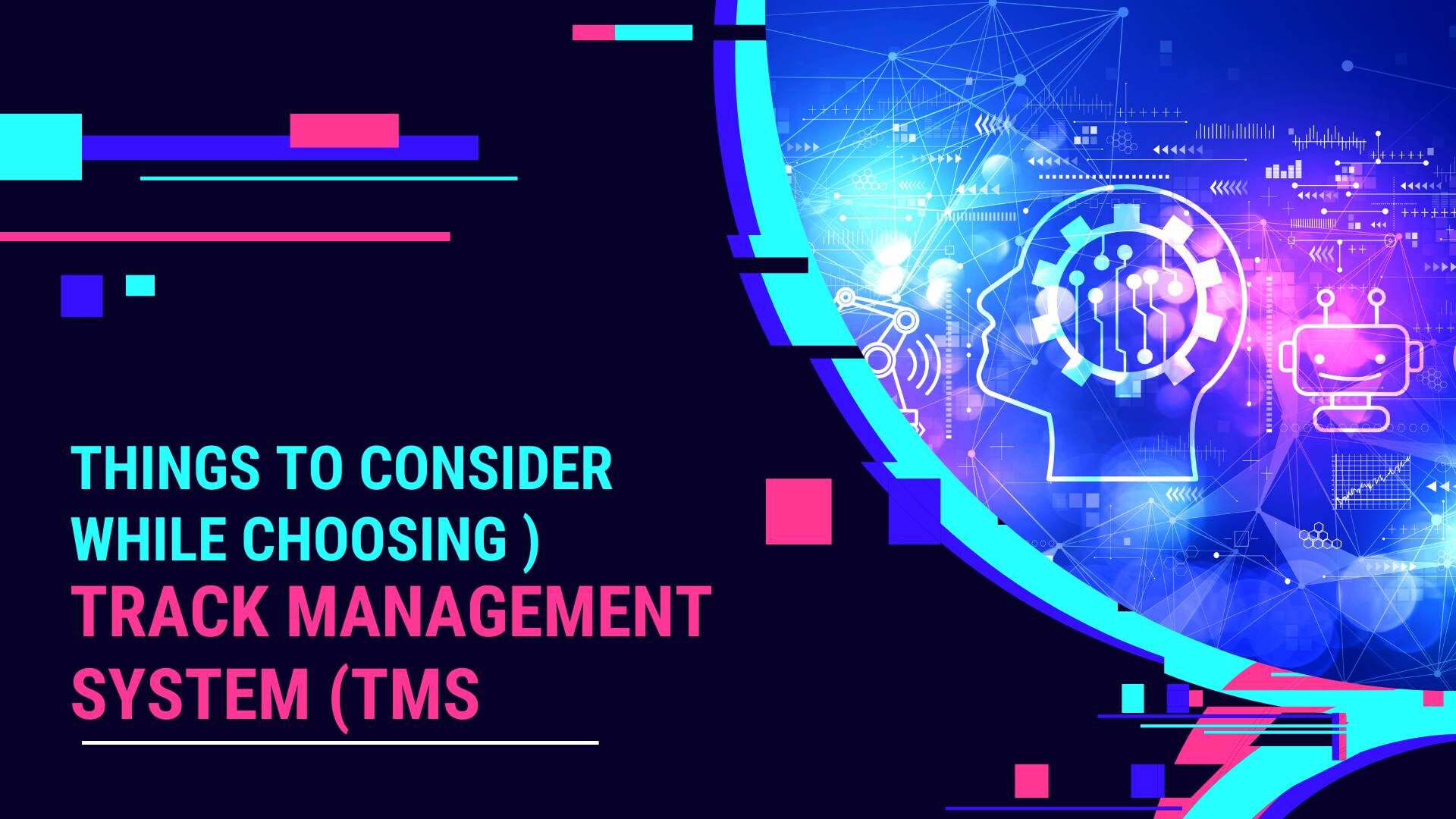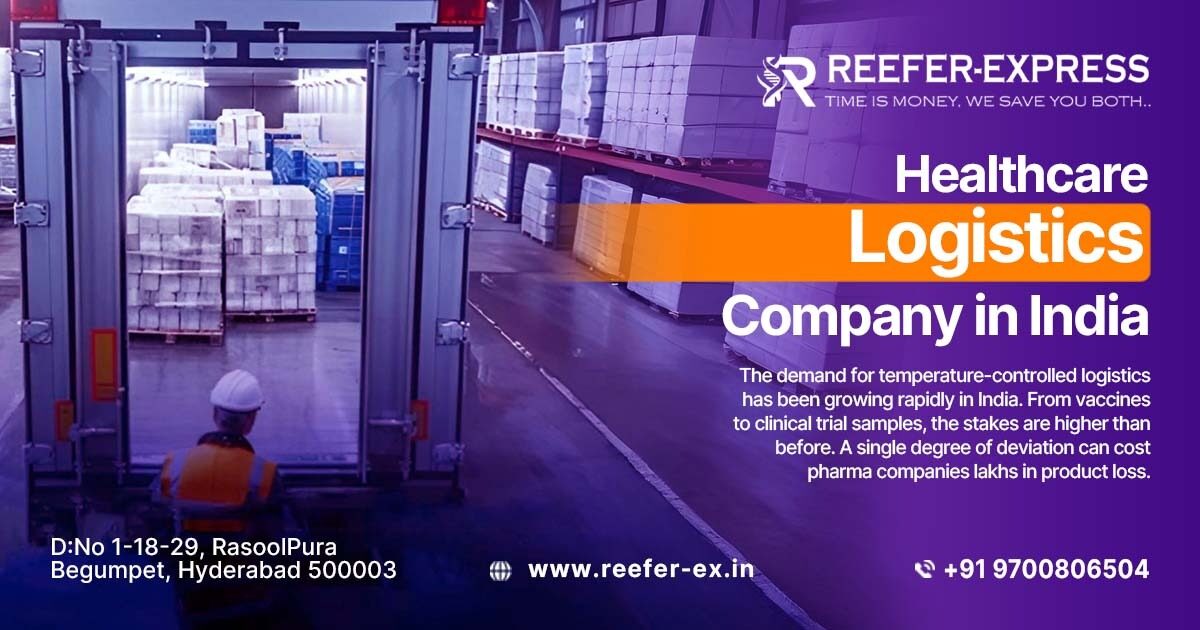Achieving ultimate success for your company starts with implementing the right transportation management system. With careful consideration and an open mind, it’s possible to find just what you need in order to reach new heights of efficiency!
After a lengthy career in sales and business development, I’ve had the privilege of engaging with supply chain and logistics professionals from diverse backgrounds. From small businesses to large corporations – it has been an enlightening experience!
The digital age has brought with it a wealth of new opportunities, and companies that don’t embrace these advances are quickly falling behind the competition. It’s becoming increasingly necessary for organizations to keep up in this fast-paced world or risk being left in the dust.
It’s no secret that the key to industry leadership lies in taking calculated risks and re-envisioning technology strategy. For those brave enough, success awaits as they pave a path into uncharted territory!
Purchasing tech without proper implementation can lead to purchaser’s remorse, with a shocking 73% of buyers feeling regretful according to Gartner. Tackling technology needs should always include careful forethought and understanding before taking the plunge!
Well! Want to ensure your company’s future success? To get the most out of a transportation management system, consider these five strategies: do some research and take care in the selection, rethink what you need from such software tools, assess cost-effectiveness against their specific features or services offered—the list goes on. With some effort upfront now, businesses can make sure they have the right TMS for years to come!
Tips for Choosing The Best TMS System
1. Build a Cross Functional Team:
Moving fast to improve customer service is critical, but it can be a gamble if the right steps aren’t taken. Conducting an audit of your systems and tech strategy beforehand will help you avoid costly mistakes and ensure progress doesn’t come with unfortunate pitfalls attached.
To maximize success and visibility in the supply chain, it’s essential to create a cross-functional team that has flexibility and agility. By forming such teams for problem-solving within areas like order management or omnichannel flows, you can ensure your business processes remain streamlined and effective. Such an approach helps keeps operations running smoothly regardless of any issues which could arise along the way!
To ensure the long-term success of your project, it pays to get as many perspectives and insights on board. Invite a broad range of stakeholders to join in the discussion – their input will help you unlock even more possibilities for an end result that meets all your needs. With everyone’s ideas together, you can work towards finding not just any solution but THE most optimal one! Then with the right transportation management system in place, implementation is made easier so you start feeling its benefits quickly!
2. Be flexible in your connotation of a “top TMS”
As you assess TMS solutions, it’s essential to be flexible and open-minded. Don’t limit yourself to just a few vendors or what is commonly known as the “best TMS” on the market today. Don’t limit yourself to one analyst review, as each can provide unique perspectives and uncover differentiating features. Beneath its surface, many Transportation Management Systems (TMS) fail to deliver on their promises of comprehensive services – from tracking packages across oceans accurately, offering integrated parcel management solutions or supporting multi-modal transportation options for international organizations. As you explore the best TMS for your business needs, make sure it offers all elements required under a single platform!
Take into account all your needs for successful integration and think about how much time and cost you’re willing to invest into this. Look beyond the obvious and make sure the TMS can work with your other systems too.
By being flexible in your definition of a “top TMS,” you’ll be able to find the best-fitting product for your business. Keep in mind that what works today might not work tomorrow, and that your needs may change over time!
3. Be specific and Loyal in the Research
When it comes down to it, confronting your apprehensions and being open-minded is in everyone’s best interests. Avoid procrastinating any further as the unexpected could cause major scheduling and budgeting setbacks when implementation steps up. It would be beneficial for all parties involved if you were upfront about key details such as desired timelines of delivery or applicable departments that need a TMS system ASAP – then there will definitely be no unforeseen scares!
Without transparency during negotiations, trustees may feel like they are stuck inside an obscure labyrinth with unknown turns ahead – so let’s keep searches plain sailing by exchanging honest information from both sides early on!
4. Consider Your Future Needs:
When looking for a TMS, think beyond today’s needs. An organization might be able to handle its current workload, but what if sudden changes or growth occur? That’s why it pays to choose a TMS solution that’s scalable and can grow with you as your business needs evolve. Consider getting in touch with vendors for a trial period of their system to see if it meets all your current needs, as well as providing the assurance of future growth.
In addition, make sure that the transportation management system provider is able to handle any compliance requirements and regulations you may have. This way, you won’t need to worry about any unexpected surprises that could cost your business time and money!
5. Embrace complexity
Companies today are dealing with a tangled web of complexity, from product portfolios and order flows to multiple sales channels, service providers and systems. However, too often transport management is seen as an isolated system or undervalued solution that fails to provide insight into the entire supply chain execution process. This lack of visibility – not considering ocean movements in one’s logistics network for example – could lead to costly errors down the line if activities carried out by separate but connected systems aren’t adequately coordinated.
When systems fail to communicate, people are unable to reach their full potential. By working in isolated silos, there is the risk of missing out on opportunities for combining resources and making operations more efficient. Too often companies have distinct processes that make optimizing cost-savings and sustainability a bigger challenge than it has to be; don’t let yourself fall into this trap! Analyzing landed costs and cost to serve can help you make the most of your product. Track expenses from beginning to end – raw materials, assembly, shipping – on one platform for a complete overview of financial data.
Conclusion
Selecting a TMS might seem like an overwhelming task, but with the right tools and people on board, it can be done. Make sure to consider all factors before making a purchase – costs, scalability, compliance needs, and future-proofing potential. Remember that when it comes to increasing efficiency in transportation management, there is no one-size-fits-all solution.
By assessing and understanding your needs, you can select a TMS that will simplify operations and improve efficiency throughout the entire supply chain. Doing so will ensure your business is ready to tackle any challenge that comes it’s way! Good luck!
We at Reefer Express, believe that with the right technology, logistics and supply chain management can be made easy. Our Suite of software for track management provides a comprehensive view of your freight operations, enabling you to efficiently plan and execute shipments no matter their size or complexity. Contact us today and see the difference!






